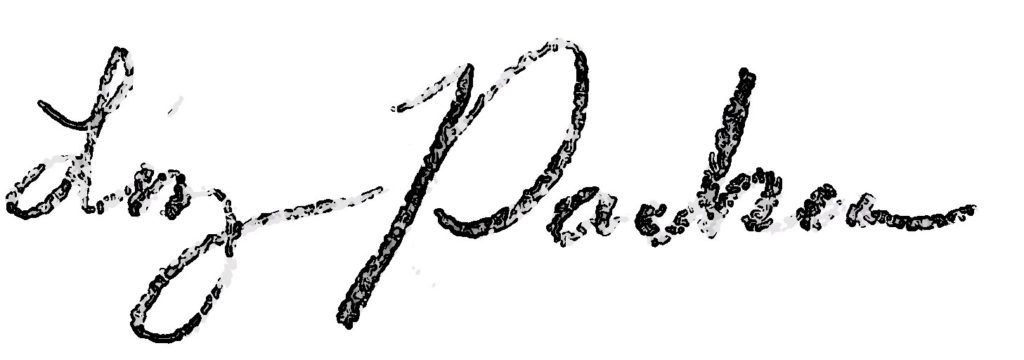It seems that the majority of art enthusiasts tend toward one side or the other, classicism or modernity. And even more of our artists settle on one and forgo the other, often dismissing their counterpart as inferior.
The appreciation of beauty and so the aesthetic that we relate to is determined by our education, experience and personal values. That is why various groups of people share similar tastes with Ike minded individuals. We have been educated primarily by our upbringing and social circles to interpret the content presented to us through a veil of preconception that perpetuates itself through various segments of society. These social constructs tell us how we are expected to relate to our environment, which contributes greatly to our choices in aesthetics. Of course there are deviations from this rule, it is a generality.
For example, an individual raised in a Catholic home may view Catholic artwork with reverence and even have a deep emotional connection to the genre or to a specific work, yet remain obtuse or even indignant toward the work of an abstract expressionist. An abstract expressionist artist dealing with very similar subject matter, that of religious expression and devotion, should deserve the same consideration at least.
Why is it that the person who has a similar value set in common with these two aesthetics chooses only one? The subject is basically the same but the language it is expressed with is different. The offense is not one of content but aesthetic.
I think this can be more than just a matter of influences determining our tastes. Some individuals portray it as a matter of fact that one is inherently deficient and unredeemable the other secure in its superiority. As if it were a moral law. While we certainly interpret art through our respective moral lenses it is very difficult to place any aesthetic itself in any moral category.
I think the question of a moral aesthetic comes down to what degree a work expresses the infinite, that is the mind of God. To put it in the simplest terms God is good so the artist should create things that are good. Which is better a jagged line or a curve? Chaos or order? This seems to be the reason that people who believe in God tend to prefer realism.
I do not wish to discount abstraction however, it can be powerful and meaningful as well. I think the appreciation of abstraction can be summed up in the word simplicity. So much has been removed from the work that very little is challenging and we are allowed to focus on a few key elements. This may be viewed as a dumbing down of the painters expression but may also be viewed for what I believe it is; just simplicity. Things do not necessarily have to be weighty, dark or complicated to be important. Simplicity can be a strength and heighten our appreciation of important elements.
Though I enjoy abstraction both as an artist and as a viewer I do consider it, on terms of technical skill primarily and on aesthetics as a whole, to be an inferior form compared with traditional forms that rely heavily on representation. Perhaps it is a bias based on my own experience of the forms but I think abstraction is easier both in the experience of the viewer and in the creation by the artist. But I believe that to be the rightful use of abstraction. The nuances on both sides however require a trained eye to perceive, appreciate and discern the bad from the good, the good from the great.
It is not a simple matter to pick a side but that is to miss the point altogether. All the various art forms, here simplified into just two sides for the sake of argument, have there useful place and are vital, useful forms every artist should feel free the pursue without beratement. They are not however equal and they should not try to be. And although society may at one time seem to embrace one and dismiss another our artists especially should have the boldness and strength of character to decide for themselves, ours is not a battlefield of economics and passing fashions but of hearts and minds.



Originally posted 2019-06-11 12:33:02.